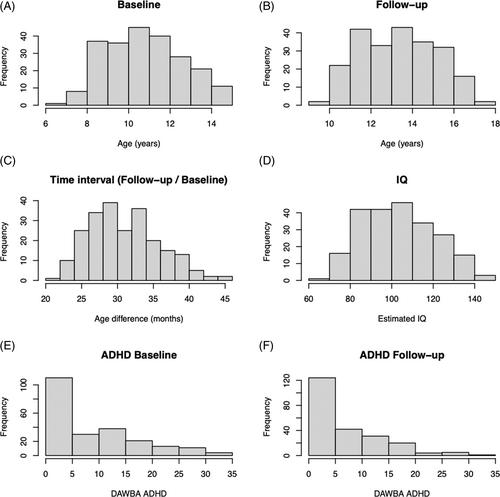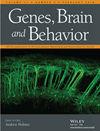Polygenic risk score for attention-deficit/hyperactivity disorder and brain functional networks segregation in a community-based sample
Abstract
Neuroimaging studies suggest that brain development mechanisms might explain at least some behavioural and cognitive attention-deficit/hyperactivity disorder (ADHD) symptoms. However, the putative mechanisms by which genetic susceptibility factors influence clinical features via alterations of brain development remain largely unknown. Here, we set out to integrate genomics and connectomics tools by investigating the associations between an ADHD polygenic risk score (ADHD-PRS) and functional segregation of large-scale brain networks. With this aim, ADHD symptoms score, genetic and rs-fMRI (resting-state functional magnetic resonance image) data obtained in a longitudinal community-based cohort of 227 children and adolescents were analysed. A follow-up was conducted approximately 3 years after the baseline, with rs-fMRI scanning and ADHD likelihood assessment in both stages. We hypothesised a negative correlation between probable ADHD and the segregation of networks involved in executive functions, and a positive correlation with the default-mode network (DMN). Our findings suggest that ADHD-PRS is correlated with ADHD at baseline, but not at follow-up. Despite not surviving for multiple comparison correction, we found significant correlations between ADHD-PRS and segregation of cingulo-opercular networks and DMN at baseline. ADHD-PRS was negatively correlated with the segregation level of cingulo-opercular networks but positively correlated with the DMN segregation. These directions of associations corroborate the proposed counter-balanced role of attentional networks and DMN in attentional processes. However, the association between ADHD-PRS and brain networks functional segregation was not found at follow-up. Our results provide evidence for specific influences of genetic factors on development of attentional networks and DMN.
We found significant correlations between polygenic risk score for ADHD (ADHD-PRS) and segregation of cingulo-opercular networks and default-mode network (DMN) at baseline. ADHD-PRS was negatively correlated with the segregation level of cingulo-opercular networks but positively correlated with the DMN segregation.


 求助内容:
求助内容: 应助结果提醒方式:
应助结果提醒方式:


